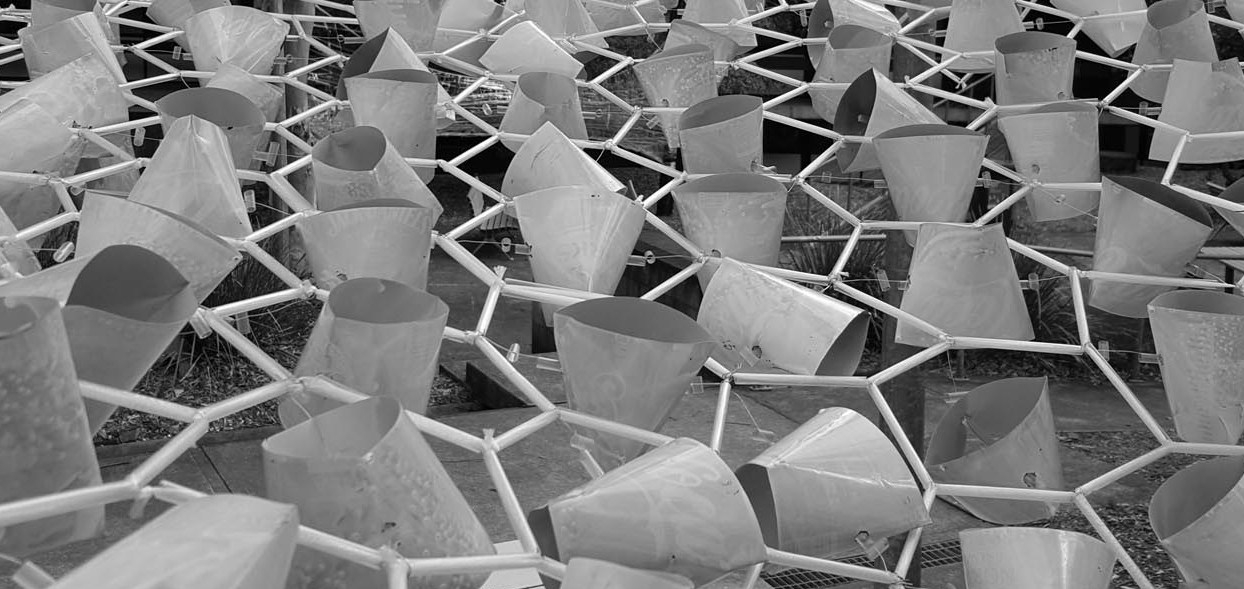
Undergraduate Design Studio, 2nd year, The University of Newcastle, Australia
Course Coordinator: Yannis Zavoleas
Academic advisors: Mark Taylor, Peter Stevens
Tutors: Rebecca Boyle, Andrew Donaldson, Annemarie Dosen, Josephine Vaughan, Kerry Clare, Lindsay Clare, Tom Dufficy, Tania Papasotiriou, Kalyna Sparks, Peter Stevens, Mark Taylor and Yannis Zavoleas
Online training resources: IDDA
This course focuses on the notion of surface in architecture. References drawn from a large pool of precedents of natural origin combined with advanced computational tools have offered new meaning and ways of appropriation of surface in architecture. First, the course draws upon manifestations of surface in nature in order to revisit common conceptions assuming architectural surface to be a flat element of same consistency and constant thickness and a consequence of standardising geometric norms, as these were founded in the modern aesthetics and construction techniques. With the new possibilities that have emerged due to digital technologies primarily related to CNC fabrication, it is generally conceded that geometricism, i.e. the analysing of complex forms to simple Euclidean shapes, soon may no longer be a prerequisite to construction. Such a prospect invites towards a complete turn in defining architectural surface from a fixed element to a malleable topological entity produced through its dynamic interactions with agents and data inputs defining a project.
Prototype structures fabricated at full size


















































Leave a comment